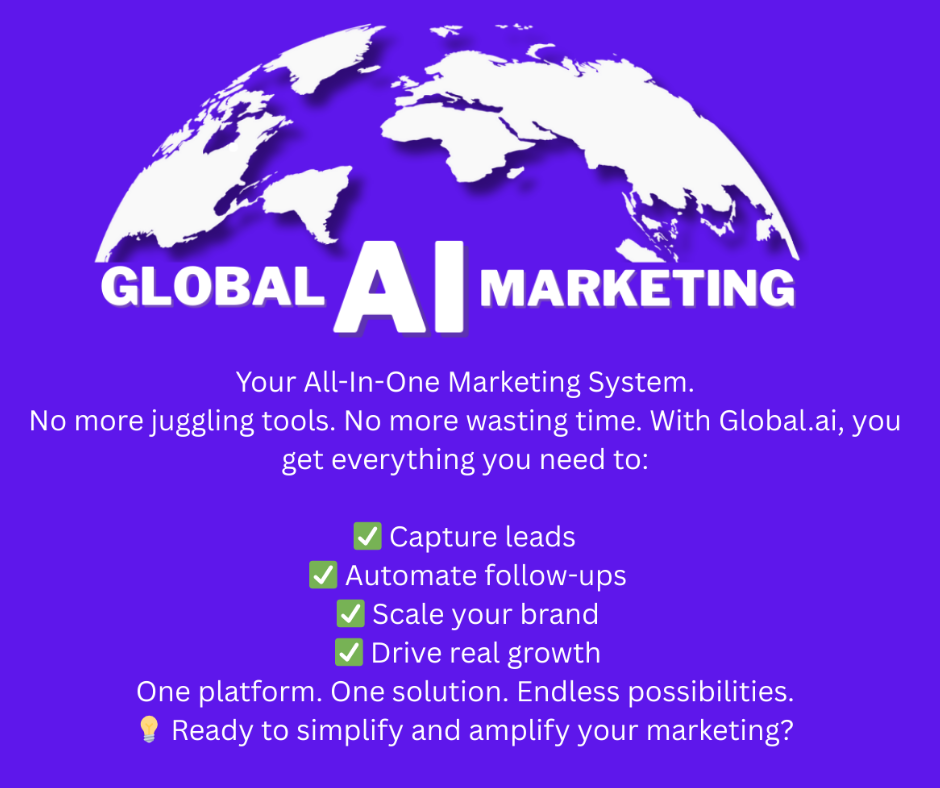The Turning Point: A Deep Dive into Success and Failure

In the journey of life, we often find ourselves at a crossroads, contemplating our personal and professional paths. Success seems elusive for many, while others appear to effortlessly thrive. What separates these two groups? Why do some people fail in their endeavors, while others soar to new heights? This newsletter aims to dissect the patterns, habits, and mindsets that differentiate successful individuals from those who struggle. We will explore the reasons behind failure, compare daily habits, and provide actionable insights on how to turn your life around. By the end, you will have a framework to achieve better outcomes in both your personal and business endeavors.
Understanding Failure
Common Reasons for Failure
- Lack of Clear Goals: Many individuals drift through life without setting clear, measurable goals. This vagueness leads to aimlessness and ultimately, stagnation.
- Poor Time Management: The inability to prioritize tasks and manage time effectively is a significant barrier to success. Procrastination often becomes a habit that prevents progress.
- Fear of Failure: A paralyzing fear of making mistakes can prevent individuals from taking necessary risks. This fear often leads to inaction.
- Negative Mindset: A pessimistic outlook can cloud judgment and hinder problem-solving abilities. Negative thoughts can create a self-fulfilling prophecy of failure.
- Lack of Resilience: Successful individuals often face setbacks, but their ability to bounce back and learn from failures sets them apart. Those who lack resilience may give up at the first sign of difficulty.
- Inadequate Support Systems:
Surrounding oneself with unsupportive people can drain motivation and lead to isolation. A strong network of mentors and peers is crucial for success.
Daily Habits: The Divergence
To illustrate the differences between those who succeed and those who falter, let’s compare their daily habits:
1. Morning Routines
- Unsuccessful People: Often hit the snooze button, wake up late, and rush through their morning. They skip breakfast and dive straight into work without a plan.
- Successful People:
Prioritize waking up early, engaging in morning rituals such as exercise, meditation, or journaling. They take time to plan their day, ensuring they start with intention.
2. Time Management
- Unsuccessful People: Lack a structured schedule, often multitasking inefficiently and falling victim to distractions like social media.
- Successful People:
Utilize tools like calendars and task management apps to allocate time effectively. They focus on completing one task at a time, minimizing distractions.
3. Learning and Development
- Unsuccessful People: Stop learning after formal education, relying solely on their existing knowledge. They often shy away from challenges that require new skills.
- Successful People:
Commit to lifelong learning through reading, online courses, and attending workshops. They actively seek out challenges as opportunities for growth.
4. Networking
- Unsuccessful People: Neglect the importance of building connections, often isolating themselves in their endeavors.
- Successful People:
Regularly attend networking events, engage with mentors, and cultivate relationships that foster collaboration and growth.
5. Health and Wellbeing
- Unsuccessful People: May neglect physical and mental health, leading to burnout and decreased productivity.
- Successful People:
Prioritize their health through regular exercise, proper nutrition, and mindfulness practices. They understand that a healthy mind and body are crucial for sustained success.
Turning Your Life Around: A Framework for Success
If you find yourself resonating more with the unsuccessful habits mentioned above, fear not! Change is possible.
Here’s a framework to help you turn your life around:
Step 1: Define Your Vision
Start by articulating what success looks like for you. This could be in your personal life, career, or both. Write down your vision in clear, concise terms. Make it specific and measurable, so you know exactly what you’re aiming for.
Step 2: Set SMART Goals
Transform your vision into actionable goals using the SMART criteria:
- Specific: Clearly define what you want to achieve.
- Measurable: Establish criteria for measuring progress.
- Achievable: Ensure your goals are realistic and attainable.
- Relevant: Align your goals with your broader life vision.
- Time-bound: Set a deadline for achieving your goals.
Step 3: Cultivate Positive Habits
Identify the habits you need to adopt to reach your goals. Start small and gradually build upon them. Here are a few to consider:
- Create a Morning Routine: Design a morning ritual that sets a positive tone for the day. Include activities that energize you and promote clarity.
- Practice Time Management: Utilize time management techniques such as the Pomodoro Technique or time blocking to stay focused and productive.
- Invest in Learning: Dedicate time each week to learn something new. This could be through reading, online courses, or podcasts.
- Network Regularly: Make it a goal to attend networking events or reach out to potential mentors at least once a month.
- Prioritize Health: Incorporate physical activity into your daily routine and practice mindfulness to enhance mental clarity.
Step 4: Build a Support System
Surround yourself with positive, like-minded individuals who inspire you. Seek mentors who can provide guidance and hold you accountable. Joining groups or communities aligned with your interests can also foster motivation and support.
Step 5: Embrace Resilience
Accept that setbacks are part of the journey. When faced with challenges, focus on the lessons learned rather than the failure itself. Cultivating resilience involves maintaining a growth mindset—believing that you can improve through effort and learning.
Step 6: Reflect and Adjust
Regularly review your progress and reflect on your experiences. Are your habits serving you? Are your goals still aligned with your vision? Adjust your strategies as needed to stay on track.
Resources and Opportunities
Books to Read
- "Atomic Habits" by James Clear: A practical guide to building good habits and breaking bad ones.
- "Mindset: The New Psychology of Success" by Carol S. Dweck: Explores the power of a growth mindset.
- "The 7 Habits of Highly Effective People" by Stephen R. Covey:
Offers a holistic approach to personal and professional effectiveness.
Online Courses
- Coursera: Offers a variety of courses on time management, personal development, and business skills.
- LinkedIn Learning:
Provides resources on leadership, productivity, and career development.
Networking Opportunities
- Meetup: A platform to find local groups and events that align with your interests.
- Professional Associations:
Joining industry-specific associations can provide networking opportunities and resources.
Success is not an accident; it is a result of intentional actions, habits, and mindsets. By understanding the common pitfalls that lead to failure, adopting the habits of successful individuals, and utilizing the framework provided, you can turn your life around and achieve your goals. Remember, change takes time and effort, but with persistence and a commitment to growth, you can pave the way toward a more fulfilling and successful future.
With this newsletter, we hope to empower you to take actionable steps toward transforming your life, both personally and professionally. Embrace the journey, learn from your experiences, and watch as you unlock your true potential.
For more inspiration CLICK TO JOIN OUR COMMUNITY




